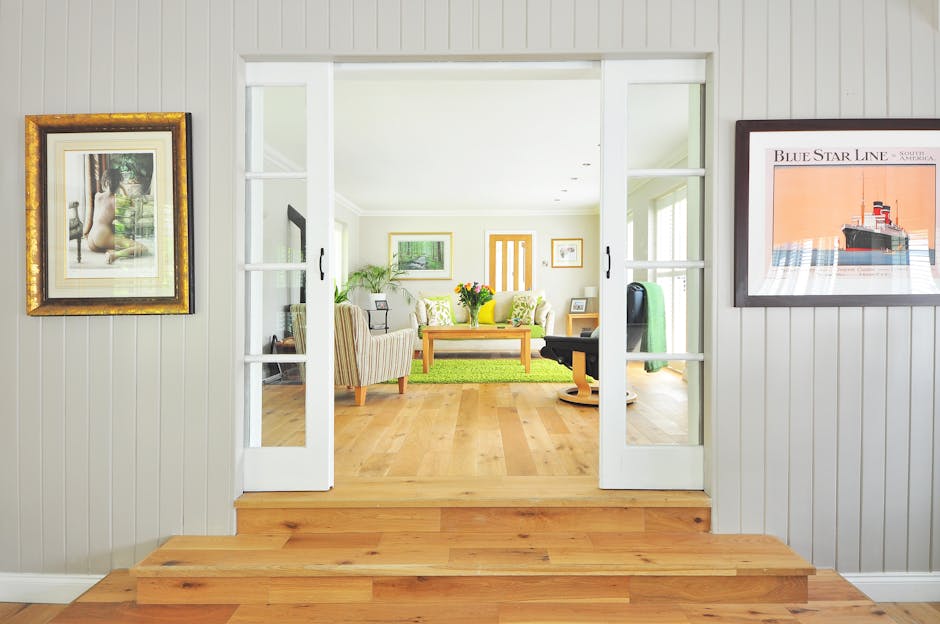Slow living is more than a lifestyle trend—it’s a conscious, purposeful way of engaging with the world that invites us to pause, reflect, and savor each moment. At Style QA, where everything is styled with purpose and answered with insight, we believe that embracing slow living can help you find deeper fulfillment, clarity, and well-being in every area of your life. In this comprehensive guide, we’ll explore what slow living truly means, its roots, the benefits, and actionable steps to help you integrate its principles into your daily routine.
What is Slow Living?

Slow living is a mindset rooted in the belief that life is meant to be lived consciously, intentionally, and in alignment with your core values. Rather than rushing from task to task or measuring success by how much you accomplish, slow living encourages you to do things at the right pace—focusing on quality over quantity, presence over productivity, and meaning over mindless activity. This philosophy means stepping off autopilot, making space for self-awareness, and placing your true priorities at the heart of your lifestyle. Slow living invites you to be present, to savor the ordinary, and to make decisions that nourish your well-being and the planet. Ultimately, it’s about living better, not faster.
The Origins and Philosophy of Slow Living

Photo by Budgeron Bach on Pexels
The slow living movement has its roots in the late 20th century as a response to the relentless speed and consumerism of modern life. It began with the slow food movement in Italy, championed by Carlo Petrini, which advocated for traditional cooking, local ingredients, and mindful eating. From there, the philosophy expanded to other areas, including fashion, travel, and even technology. At its core, slow living is about intentionality—prioritizing what truly matters, letting go of the unnecessary, and creating space for reflection and connection. It challenges the notion that being busy equals being important or successful, and instead, celebrates a life rich in meaning, presence, and purpose.
The Benefits of Slow Living

Adopting a slow living lifestyle offers a wealth of benefits for your mind, body, and spirit. By slowing down and being more intentional, you can experience:
- Reduced stress and anxiety: Prioritizing rest and mindful activities helps lower cortisol levels, promoting a sense of calm and resilience.
- Improved mental and physical health: Making time for self-care, exercise, and outdoor activities supports overall well-being.
- Stronger relationships: Being present with loved ones deepens connections and fosters genuine communication.
- Increased creativity and productivity: Slowing down allows your mind to wander, leading to fresh ideas and more focused work.
- Greater appreciation for life: Savoring simple pleasures and moments of joy cultivates gratitude and contentment.
These benefits extend beyond the individual, contributing to healthier families, stronger communities, and a more sustainable relationship with the environment.
How to Embrace Slow Living: Practical Steps

Integrating slow living into your daily routine doesn’t require a complete lifestyle overhaul. It’s about making small, intentional choices that add up to a more meaningful existence. Here are some practical steps to get started:
- Start with self-awareness: Reflect on your values, priorities, and what brings you fulfillment. Identify areas where you feel rushed or overwhelmed.
- Declutter your schedule: Say no to non-essential commitments and make space for rest, hobbies, and meaningful connections.
- Practice mindfulness: Engage fully in whatever you’re doing, whether it’s eating, walking, or having a conversation. Notice the sights, sounds, and sensations around you.
- Embrace slow food and mindful eating: Cook meals from scratch, savor each bite, and eat with intention.
- Curate your environment: Simplify your home, wardrobe, and digital life to reduce distractions and create a sense of calm.
- Prioritize rest and self-care: Make time for sleep, relaxation, and activities that recharge you.
- Connect with nature: Spend time outdoors, garden, or simply enjoy the beauty of the natural world.
Remember, slow living is a journey, not a destination. Start with one or two changes and build from there, celebrating your progress along the way.
Slow Living in Everyday Life: Real-World Examples

Photo by MART PRODUCTION on Pexels
Slow living can be woven into every aspect of your routine, from how you start your morning to how you wind down at night. Here are some real-world examples:
- Morning rituals: Begin your day with a few moments of quiet reflection, journaling, or a mindful cup of tea or coffee.
- Intentional work habits: Focus on single-tasking instead of multitasking, take regular breaks, and set boundaries around technology.
- Mindful movement: Incorporate gentle exercise like yoga, walking, or stretching to connect with your body.
- Quality time with loved ones: Plan device-free meals or activities to foster deeper connections.
- Evening wind-down: Create a calming bedtime routine with reading, meditation, or gratitude practices.
These small, daily rituals can help anchor you in the present and reinforce your commitment to living with intention and purpose.
Overcoming Challenges and Misconceptions

Photo by Anton Atanasov on Pexels
While slow living offers many rewards, it’s not without its challenges. In a culture that often glorifies busyness and productivity, choosing to slow down can feel countercultural or even indulgent. Common misconceptions include the belief that slow living is only for those with ample free time or that it means doing less, rather than doing things better. The truth is, slow living is accessible to everyone, regardless of schedule or circumstances. It’s about making conscious choices, letting go of perfectionism, and redefining what success means to you. By embracing a slower pace, you gain the freedom to live more authentically and align your actions with your deepest values.
Slow Living and Sustainability

Photo by Mikhail Nilov on Pexels
One of the most powerful aspects of slow living is its emphasis on sustainability and mindful consumption. By choosing quality over quantity, supporting local artisans and businesses, and reducing waste, you contribute to a healthier planet. The slow food and slow fashion movements exemplify this approach, encouraging us to be thoughtful about what we buy, eat, and wear. Adopting sustainable practices—like composting, recycling, or opting for reusable products—can be a natural extension of your slow living journey. When you live with intention, you not only enhance your own well-being but also support the well-being of your community and the environment.
Slow Living as a Lifelong Practice

Photo by MART PRODUCTION on Pexels
Slow living is not a quick fix or a temporary trend—it’s a lifelong practice of returning to what matters most, again and again. It invites you to continually assess your habits, relationships, and environment, making adjustments as needed to stay aligned with your values. Over time, this mindful approach can lead to greater self-awareness, resilience, and joy. Whether you’re just beginning or have been on the slow living path for years, remember that every step you take toward intentionality and presence is meaningful. At Style QA, we celebrate the art of slow living as a way to style your life with purpose and answer the call for deeper, more authentic living.
Conclusion: Styling Your Life with Purpose

Photo by RDNE Stock project on Pexels
Embracing slow living is an invitation to live with greater awareness, compassion, and joy. It’s about finding beauty in the present, making choices that reflect your values, and creating a life that feels both purposeful and fulfilling. As you begin your own slow living journey, remember that there’s no right or wrong way to do it—what matters is that your choices are intentional and aligned with what matters most to you. At Style QA, we’re here to inspire and support you every step of the way, helping you style your life with purpose and insight. Slow living isn’t just a philosophy—it’s a way of being that can transform every aspect of your life, one mindful moment at a time.
Sources
- https://slowlivingldn.com/what-is-slow-living/
- https://slowlivingkitchen.com/slow-living/
- https://amandacook.me/top-5-benefits-of-slow-living/
- https://xojulessimon.com/what-is-slow-living/
- https://www.psychologytoday.com/us/blog/out-of-the-darkness/202407/living-slowly

